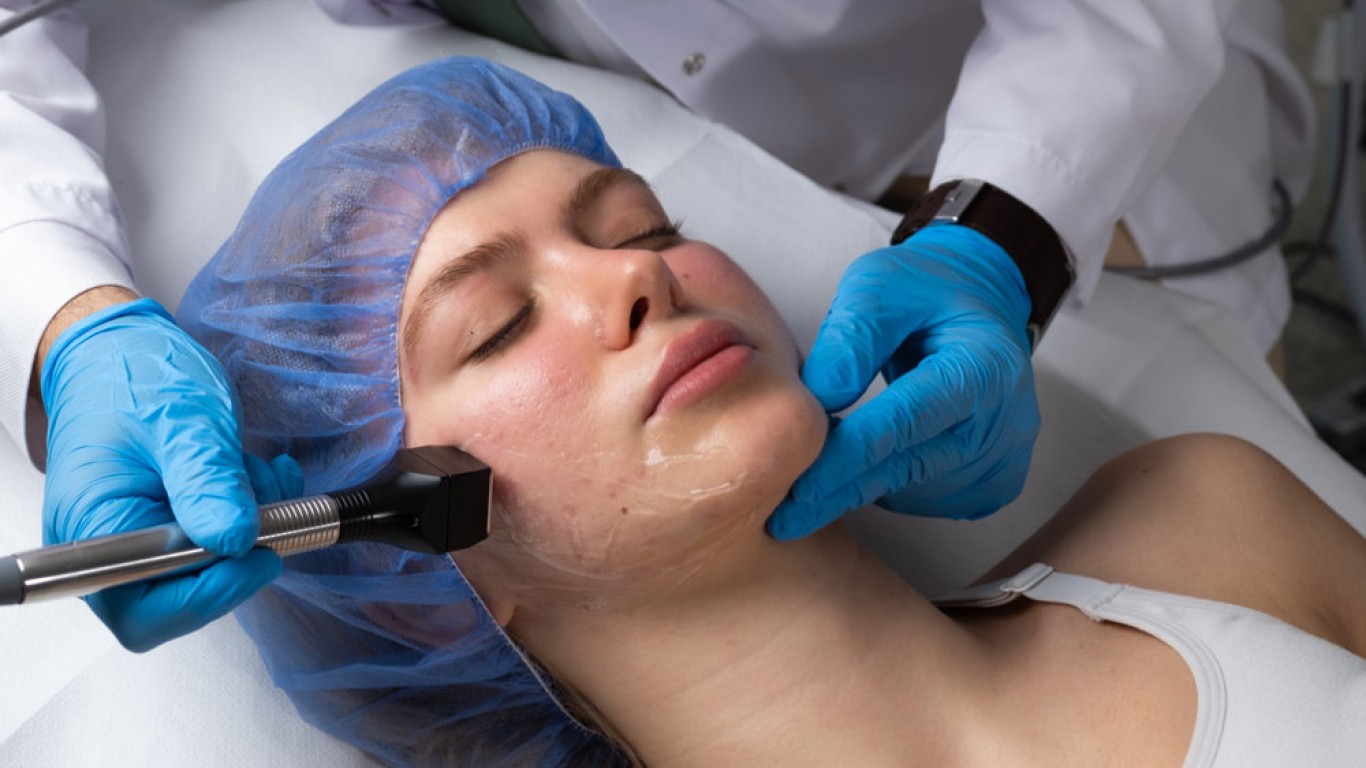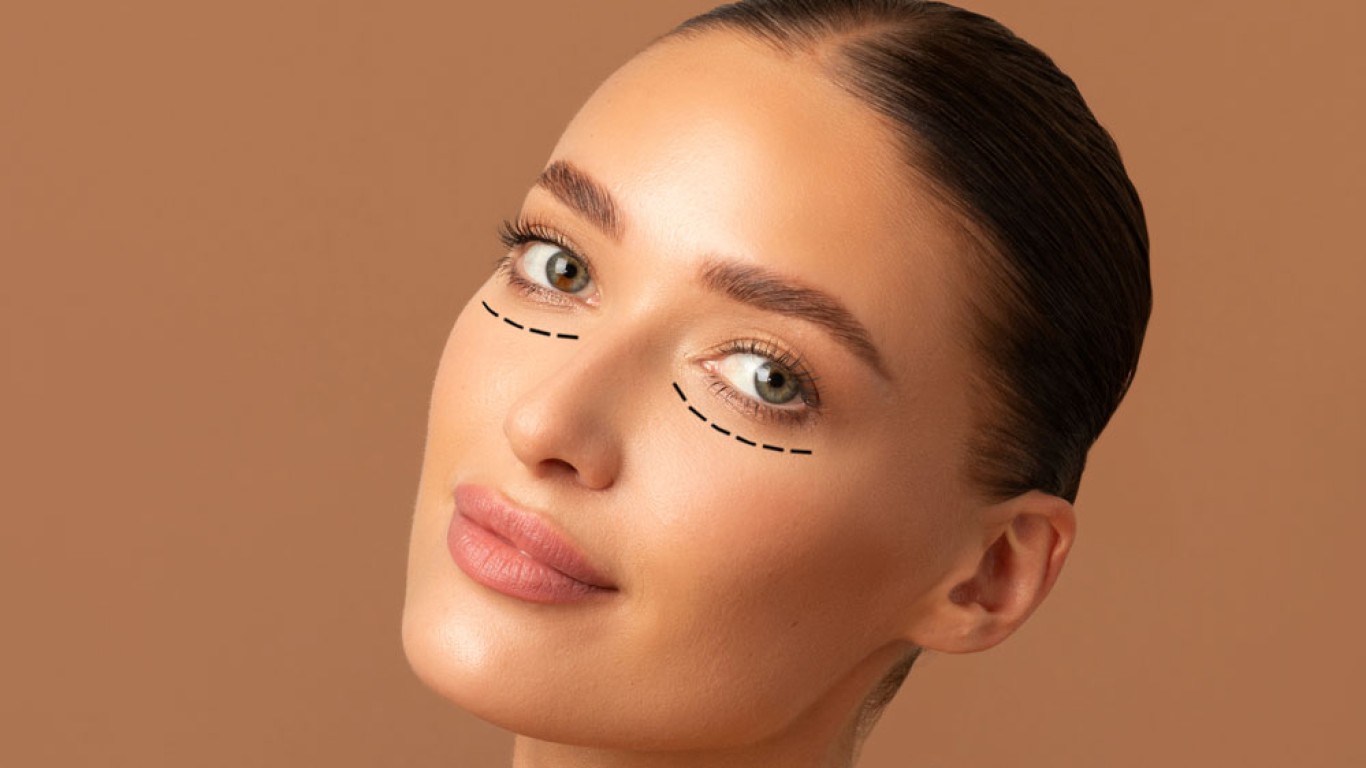Cheek implants have become a popular solution for those seeking fuller, more youthful facial contours. They can enhance balance and facial symmetry. Especially for those with naturally flat or hollow cheeks. Are you considering this procedure? It’s vital to understand the different types available and which may best suit your aesthetic goals. Choosing the right implant isn’t only about size or shape. But also about material, placement technique and lifestyle factors.
Why People Choose Cheek Implants
Cheek implants provide structure and volume to the midface area. As we age, cheeks often lose definition. Fat pads shift, and volume decreases. Consequently, the face can appear tired or aged. Cheek implants restore lost volume, offering long-lasting results. Additionally, some patients seek cheek implants to create stronger facial contours. Compared to fillers, implants are permanent and don't require repeated sessions. This makes them a cost-effective and practical choice for long-term enhancement.
Silicone Cheek Implants: Most Common Option
Silicone implants are among the most widely used. They are soft, flexible and easy to shape. Surgeons can adjust them during placement for ideal symmetry. Moreover, they can be removed or replaced later if desired. These implants come in various sizes and designs, providing options for subtle or dramatic results. Because silicone does not integrate with bone, it remains slightly movable. This mobility can be helpful in customising the final look. However, some patients may prefer more stable options.
Medpor Cheek Implants: A Stable Alternative
Medpor implants are made from porous polyethylene. They allow natural tissue to grow into the material over time. This provides greater stability and integration. Unlike silicone, Medpor cheek implants become a permanent part of your facial structure. However, removal can be more difficult, especially after the tissue has grown in. Despite this, many patients value the secure, natural feel that Medpor offers. Surgeons often recommend Medpor for those seeking durable, non-shifting implants.
Gore-Tex Cheek Implants: Soft and Porous
Gore-Tex implants offer another biocompatible option. They are made from expanded polytetrafluoroethylene (ePTFE). This material is both soft and porous, allowing some tissue adherence. The feel of Gore-Tex is slightly firmer than silicone but still comfortable. It’s ideal for patients who want something between silicone and Medpor. It allows slight tissue growth. This means it offers more stability than silicone, and is easier to remove than Medpor. Additionally, it offers a natural texture beneath the skin.

Malar vs Submalar Cheek Implants
The type of implant you choose also depends on placement. Malar implants enhance the upper cheekbones. They are used to create strong, angular cheek contours. Submalar implants, in contrast, sit below the cheekbones. These are perfect for correcting a sunken or gaunt appearance. Some patients benefit from a combination of both. This hybrid approach restores fullness and improves facial harmony. Your surgeon will evaluate your facial structure and recommend placement based on your goals.
Custom Cheek Implants: Tailored Precision
Some patients opt for custom cheek implants. These are individually designed based on 3D scans or imaging. They offer the highest level of personalisation. Custom implants are ideal for those with asymmetry, past trauma or very specific aesthetic goals. Because they are made to fit your face exactly, results can be more natural. However, they are often more expensive than standard implants. Despite the cost, many patients find them worth the investment.
How to Choose the Right Cheek Implant
Firstly, your facial structure is a key factor. A skilled surgeon will assess bone structure, skin thickness and symmetry. Secondly, consider your lifestyle and recovery expectations. Some implant types allow easier removal or adjustment. Others offer greater long-term stability. Thirdly, your desired look plays a big role. Do you want dramatic contours or a subtle lift? Your surgeon will guide you through sample shapes and sizes. Photos or digital simulations may also help visualise the final result.
Conclusion
Cheek implants offer a permanent way to enhance facial symmetry and restore youthful volume. There are several materials and placement options available. So each patient can find a solution tailored to their needs. Whether you choose silicone for its flexibility, Medpor for its integration or Gore-Tex for its balance, a qualified surgeon will guide you toward the right match. Consider your long-term goals, facial structure and lifestyle when deciding.
For more information and to book a consultation visit the ACIBADEM Beauty Center Aesthetics webpage.
Frequently Asked Questions
Yes, cheek implants are designed to provide long-term volume enhancement. They can last indefinitely if not removed.
Absolutely. Many patients combine them with rhinoplasty or chin implants for balanced results.
You may feel discomfort for a few days, but pain is manageable with prescribed medication.
Most swelling subsides within two weeks, though subtle changes may continue for a few months.
Yes, especially if they are silicone. Removal or replacement is possible if your needs change.













